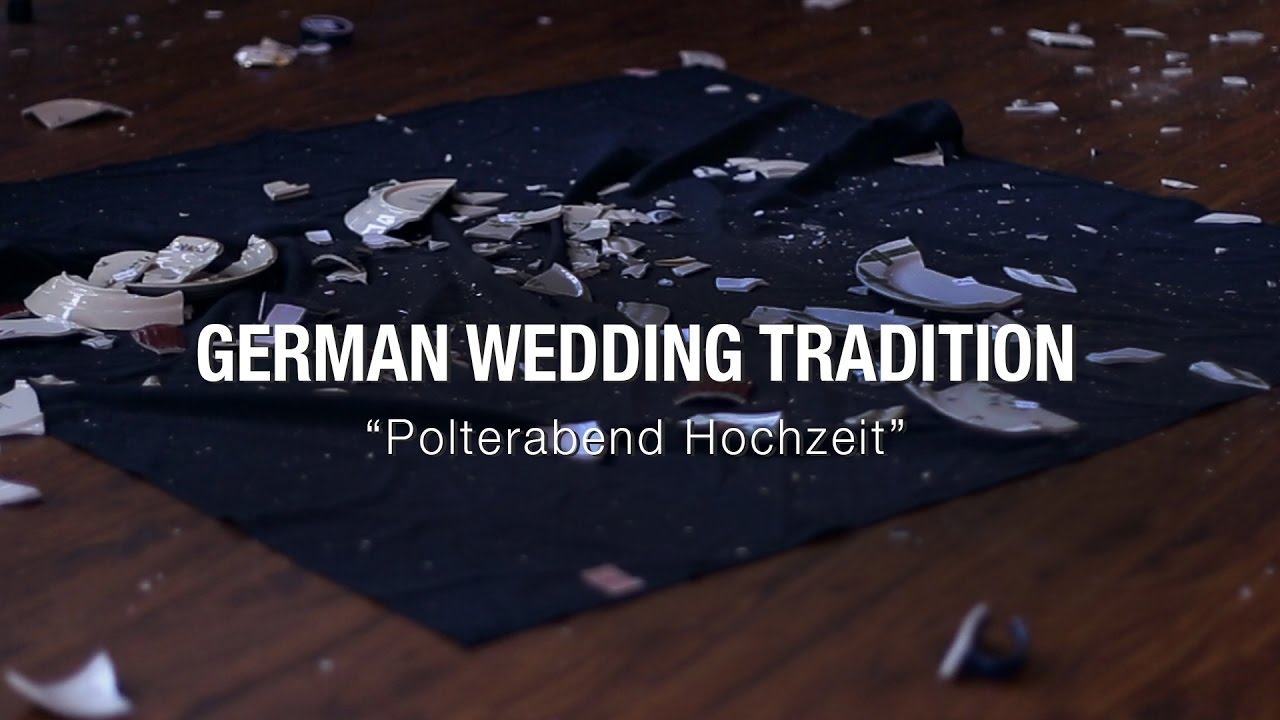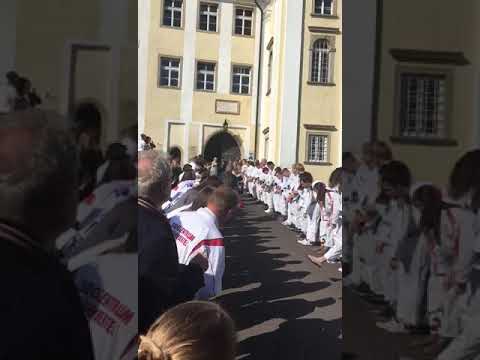Every country has a rich repertoire of customs and traditions that inform different facets of its citizens’ lives. You can learn a lot about the country’s culture as a whole by looking at things like the wedding traditions they observe.
Since Switzerland is a multicultural country, you can see traces and influences of Western and other European wedding traditions. Examples include breaking a porcelain dish during a wedding shower, the Spalierstehen, and the Baumstamm sägen.
More Swiss wedding traditions are explained in further detail below, including their meanings and symbolism. A typical Swiss wedding timeline from engagement to reception is also provided.
Fascinating Swiss Wedding Traditions You Should Know
1. Breaking a Porcelain Dish
In Swiss wedding traditions, couples hold their wedding shower before the wedding. A wedding shower is just like a bridal shower but more inclusive — it involves and celebrates both partners instead of focusing on one.
Guests of a Swiss wedding shower usually bring an old porcelain dish. During the party, they will throw the dish on the floor and break it. The shards represent the guests’ wishes for good fortune and luck.
The shards, along with the sound of breaking the porcelain, are also said to ward off evil spirits. This way, the couple can get married without negative energies surrounding them.
2. Crown or Wreath as a Bridal Accessory
The bride must wear this traditional headpiece until she exchanges vows with her partner. Afterward, she will remove the accessory and set fire to it. The speed with which it burns signifies the bride’s luck; she is lucky if the wreath or crown burns quickly.
3. Spalierstehen (“Trellis”) or faire la Haie (“Hedge”)
Spalierstehen, which translates to “trellis” in German, is a well-loved game in any Swiss wedding timeline. It is also called faire la Haie, which is French for “hedge.” These terms reflect Switzerland’s multiculturality — German and French are two of the country’s four national languages.
After the ceremony, be it at a registry office or a religious place of worship, the newlywed couple’s friends will form two columns along the exit. This game is a spectacle to behold; firstly, each column must have matching outfits.
Each column will hold up an item that represents the bride’s and groom’s hobbies and interests. For example, the groom’s side may hold baseball bats, while the bride’s side may hold badminton racquets.
By raising these items, the two columns will create an arch or tunnel. The newlyweds must walk through this tunnel together.
This Swiss wedding custom has a heartwarming symbolism. The tunnel represents all the obstacles the newlyweds will go through together, and walking through the tunnel symbolizes how the couple can get through anything if they have each other.
4. Planting a Pine Tree
After the ceremony, newlyweds must plant a pine tree. They can do this Swiss wedding custom anywhere they prefer, though tradition states a couple must plant the tree in their backyard.
The pine tree represents fertility; the act of planting is a wish for good luck and the addition of children into their family.
5. A Path With Branches From Evergreen Trees
As illustrated above, trees are a mainstay in Swiss wedding symbolism. The path from the venue to the wedding car is riddled with branches from an evergreen tree. These boughs are a representation of good fortune and fertility, which is great for couples’ first steps as newlyweds.
6. Baumstamm Sägen (“Log Sawing”)
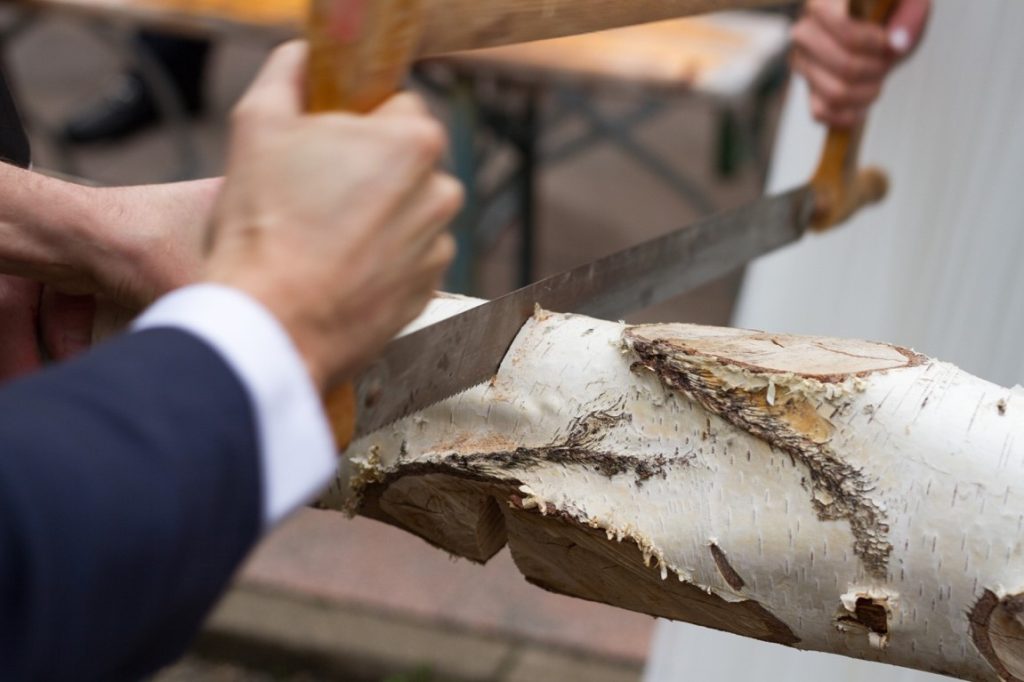
Another tree-related wedding tradition in Switzerland is Baumstamm sägen or log sawing, which is mostly practiced in Swiss-German areas.
As the newlyweds exit their wedding venue, they will be given a log on a sawhorse and a two-handled saw. They cannot go to their wedding car or the next venue without sawing the log in half.
This act represents the fact that couples must work together to get through the challenges they will encounter in the future.
7. Colorful Handkerchiefs at the Reception
One of the bridesmaids’ responsibilities during a traditional Swiss wedding is to lead the guests from the ceremony venue to the reception.
At the reception venue, the newly wedded bride will hand handkerchiefs to all her guests. This item symbolizes good luck. Once a guest receives one, the bride will get a coin from them in return. The coins are collected in a basket.
8. Interactive and Highly Engaging Reception
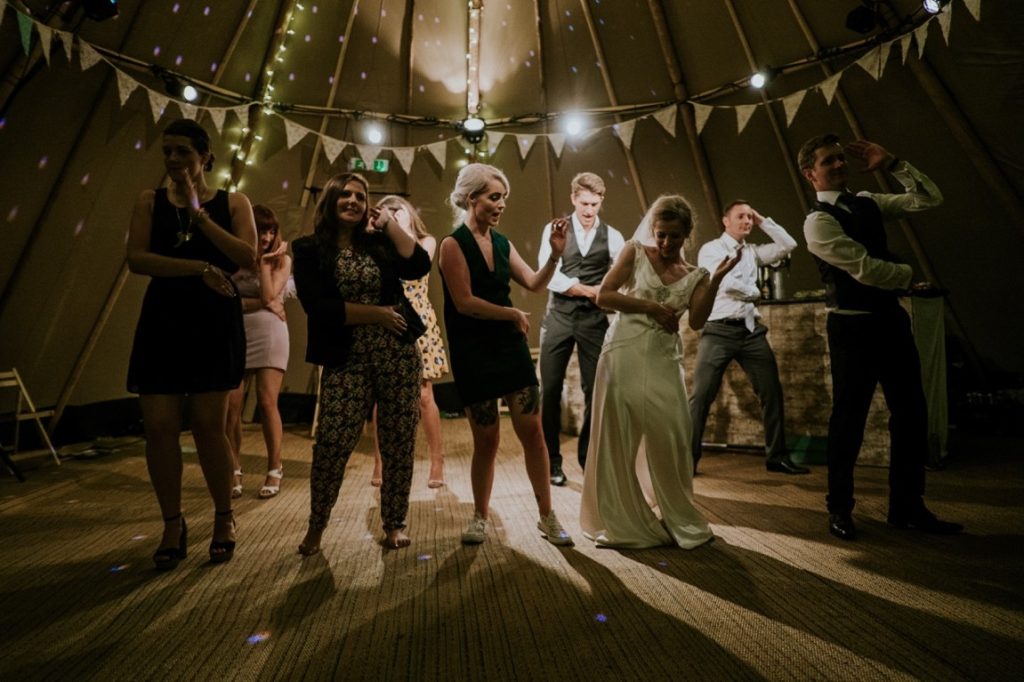
Receptions, by nature, are packed with opportunities for guests to bond, socialize, and enjoy the day. Swiss wedding receptions are on a different level; couples fill the itinerary with several forms of entertainment, games, and more.
“Kidnapping the Bride” is a beloved reception game. The bridal crew, with the help of the guests, has to hide the bride from the groom. He must find her as quickly as possible. Another game is to make the bride knit a scarf while the groom chops some wood.
Although a traditional Swiss wedding reception game, some couples might not enjoy the abovementioned games. They might be seen as too juvenile or silly, especially among older newlyweds.
Guests can write skits and perform them in front of everyone else. They can also sing songs, act in plays, organize groups to play games, and more.
There can also be quirky costumes and funny props for unforgettably humorous photo shoots.
Other more well-known traditions, including the cake-cutting ceremony, bouquet and garter tosses, and special dances, are also observed in Swiss weddings.
All these activities and gimmicks will make the reception more engaging and memorable. Some honor the newlyweds, some make fun of them out of love.
Swiss Weddings 101: What a Typical Timeline Looks Like
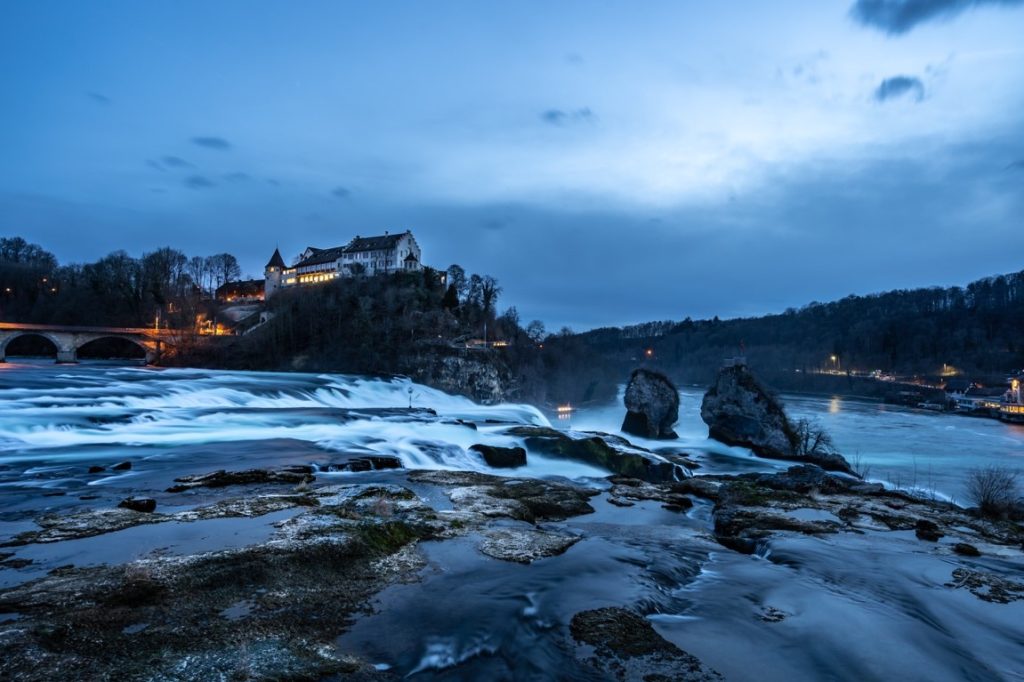
Swiss couples hold the same pre-wedding parties as American couples. As mentioned above, wedding showers are a significant part of the wedding timeline. Nearlyweds also plan bachelor and bachelorette parties.
Swiss couples may also incorporate the “something old, something new, something borrowed, and something blue” tradition into their wedding.
Summer is the busiest season in Switzerland; approximately 20,000 weddings happen within these four months every year. This figure is almost half of the total weddings — above 40,000 — that take place throughout the entire year.
The first step to getting married in Switzerland is to appear at a registry office. They have to perform a civil wedding before they can proceed to another type of ceremony.
Afterward, Swiss couples typically go on to have a Church wedding. The popular time is early afternoon, anywhere between 1 p.m. to 3 p.m., leading to a wedding aperitif at a nearby venue. A traditional Swiss wedding has between 100 to 150 guests.
However, given the richness of Switzerland’s landscapes, destination and outdoor weddings are gaining more popularity. Depending on the couple’s budget, they can opt for a mountaintop venue, a lakeside location, or even a historic castle.
It is tradition for Swiss newlyweds to plan a more intimate dinner for their circle after a reception. They invite around 50 relatives and friends to a restaurant, which can be local and affordable or new and opulent.
